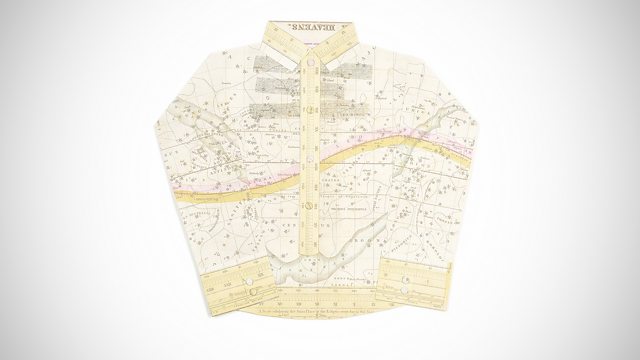
Nylon
Nylon clothes have been, at times, both liberating and exploitative for women around the world. Why?
Sofi Thanhauser loves clothes.
She has travelled across the world to meet people making linen, cotton, silk, synthetics and wool to get to the heart of an industry which is worth four times the global arms trade.
In Worn: A People’s History of Clothing, Sofi examines what’s changed in the history of fabric production and explores local stories of craft, labour and industry. She wants to know how and why we moved from a system of making fabric for ourselves to a complex one that sullies creativity, the environment and worker rights.
Between 2000 and 2014, clothing production around the world doubled. This was possible because clothing had become almost completely disposable. But fast fashion’s evils aren’t new problems, textile making has been damaging our environment for centuries.
In this episode, Sofi charts female employment opportunities with the rise of nylon in the 20th and 21st centuries. From rationed wartime stockings to 1970s designer ‘career wear’, nylon has been central to women’s experience of household and office work. Although it has been a liberating fabric, Sofi finds that more recently it has come to represent both political and personal exploitation.
Read by Lanna Joffrey
Abridged and produced by Alexandra Quinn
A Loftus Media production for �鶹�� Radio 4
DuPont archive courtesy of Hagley Library.
Last on
Broadcasts
- Thu 27 Jan 2022 09:45�鶹�� Radio 4 FM
- Fri 28 Jan 2022 00:30�鶹�� Radio 4
